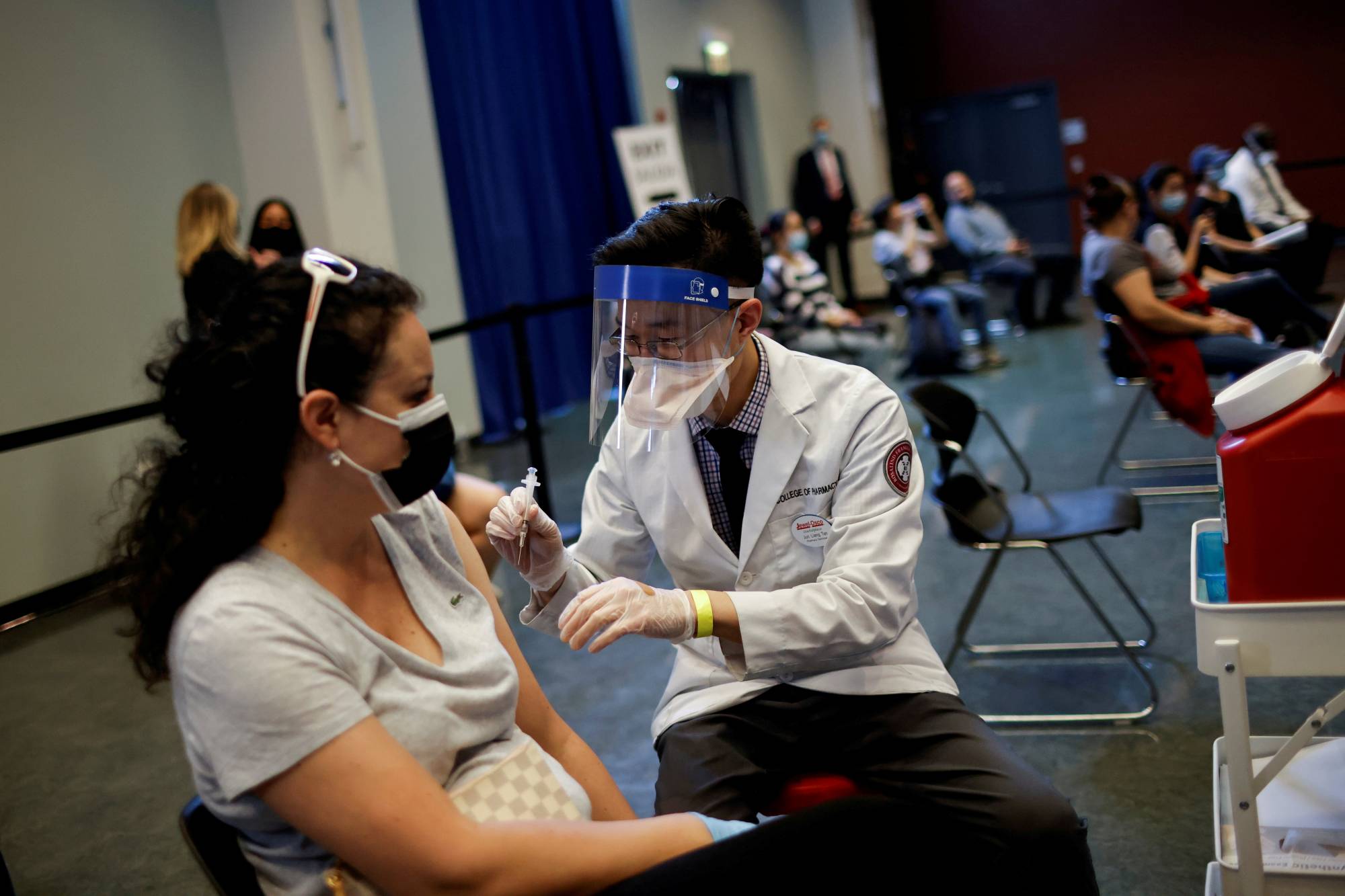When U.S. officials paused administration of the Johnson & Johnson vaccine after six cases of a rare clotting disorder, one fatal, among the 6.9 million people who had received the vaccine, many critics noted that the chance of a serious ailment was so rare as to be negligible — less frequent than being struck by lightning.
But that roughly one-in-a-million rate is far from certain. Doctors may ultimately find the vaccine is not responsible for the ailment. However, if the two are linked, it’s also possible that the chance of an adverse effect will be higher, even if it remains low.
"Numbers seem quite solid, like, ‘Oh, it’s 10,’” said Caitlin Rivers, an assistant professor at Johns Hopkins University, who studies infectious disease. She said epidemiologists deal with similar matters of uncertainty at the beginning of disease outbreaks. "But they’re estimates, and they will need to be refined, and they may need to be refined a lot, especially since they are small numbers.”


















With your current subscription plan you can comment on stories. However, before writing your first comment, please create a display name in the Profile section of your subscriber account page.